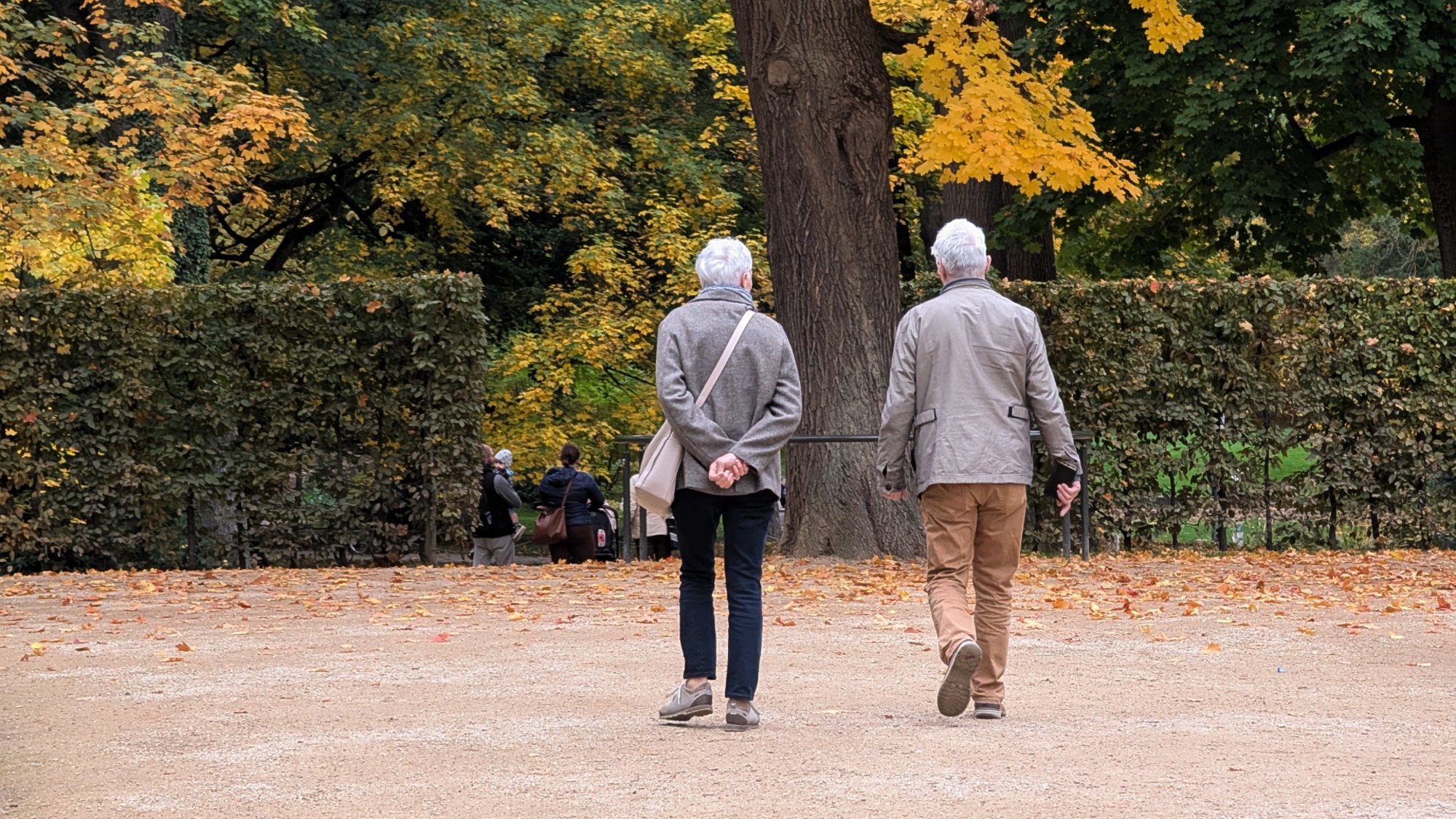Four islands close to home for history buffs
You don’t need to travel far from home for a holiday full of interest and fascination.
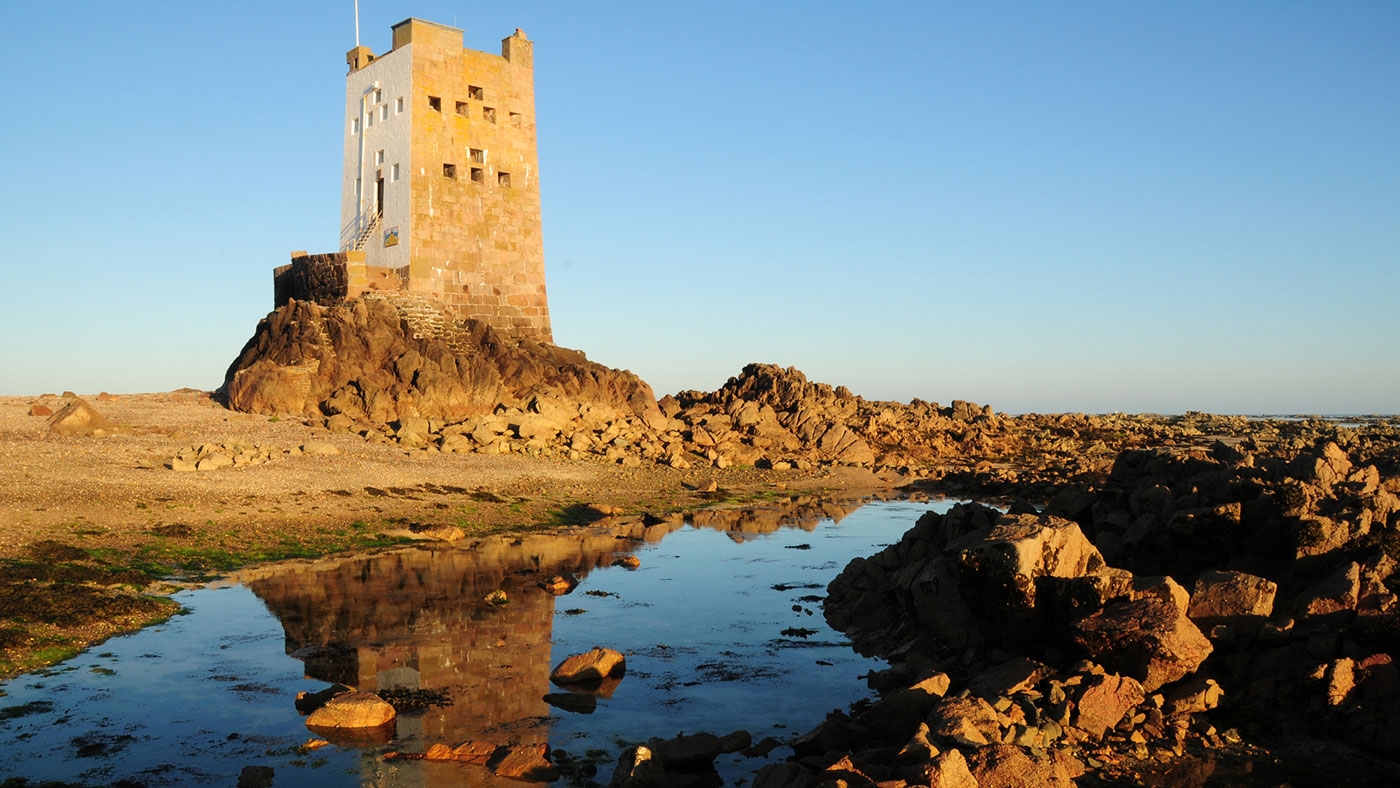

Who needs to venture out with a passport when there’s so much to see in a small stretch of the British Isles? asks Penny Walker in The Daily Telegraph. Take Jersey, for example. The Channel Island is home to the largest rocky intertidal zone in Europe, where the water can rise up to 40 vertical feet during spring tides. So while a walk along the coast is “infinitely fascinating, it’s also incredibly dangerous”. It’s best to set out with a guide.
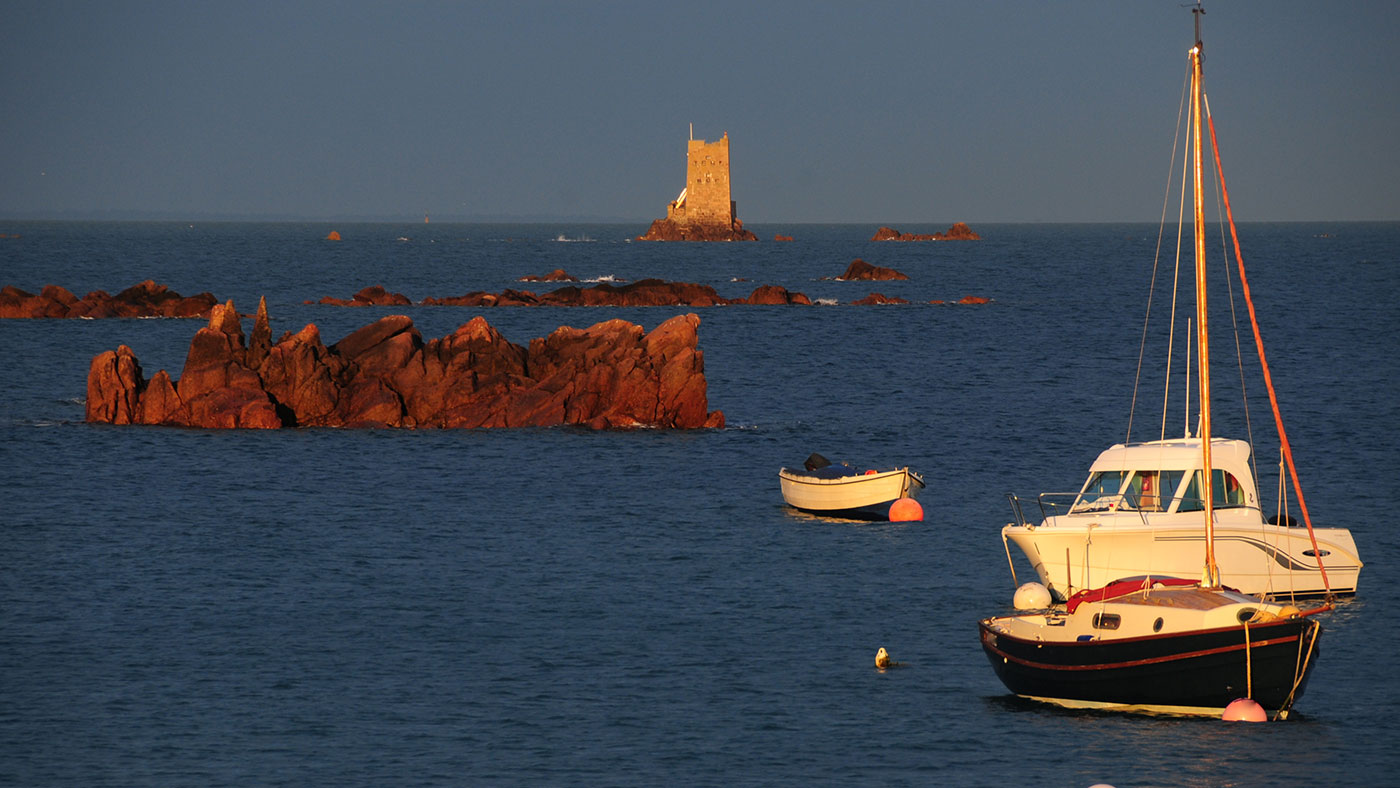
Walker set off on a coastal walk, and the landscape seems to change every few feet. Two hours from La Rocque, after traversing the barren wilderness and “sloshing through rock pools”, large red rocks “loom around us as we make our way up to the base of a beached 18th-century tower”. Seymour Tower was built in 1782 and its outline dominates the landscape. Access is usually only granted to those staying the night (£350), but you can climb the steps for the view.
The Week
Escape your echo chamber. Get the facts behind the news, plus analysis from multiple perspectives.

Sign up for The Week's Free Newsletters
From our morning news briefing to a weekly Good News Newsletter, get the best of The Week delivered directly to your inbox.
From our morning news briefing to a weekly Good News Newsletter, get the best of The Week delivered directly to your inbox.
Stay at the Atlantic Hotel if you’re looking for luxury. It is in a beautiful location with pretty sea views and has large rooms, a spa and indoor and outdoor pools (from £230).
A stone circle older than Stonehenge
Callanish – or Calanais in Gaelic – is a 5,000-year-old stone circle on the Hebridean island of Lewis, says Peter Ross in The Guardian. Seen from above, it resembles a Celtic cross, despite long predating Christianity – and, for that matter, Stonehenge.
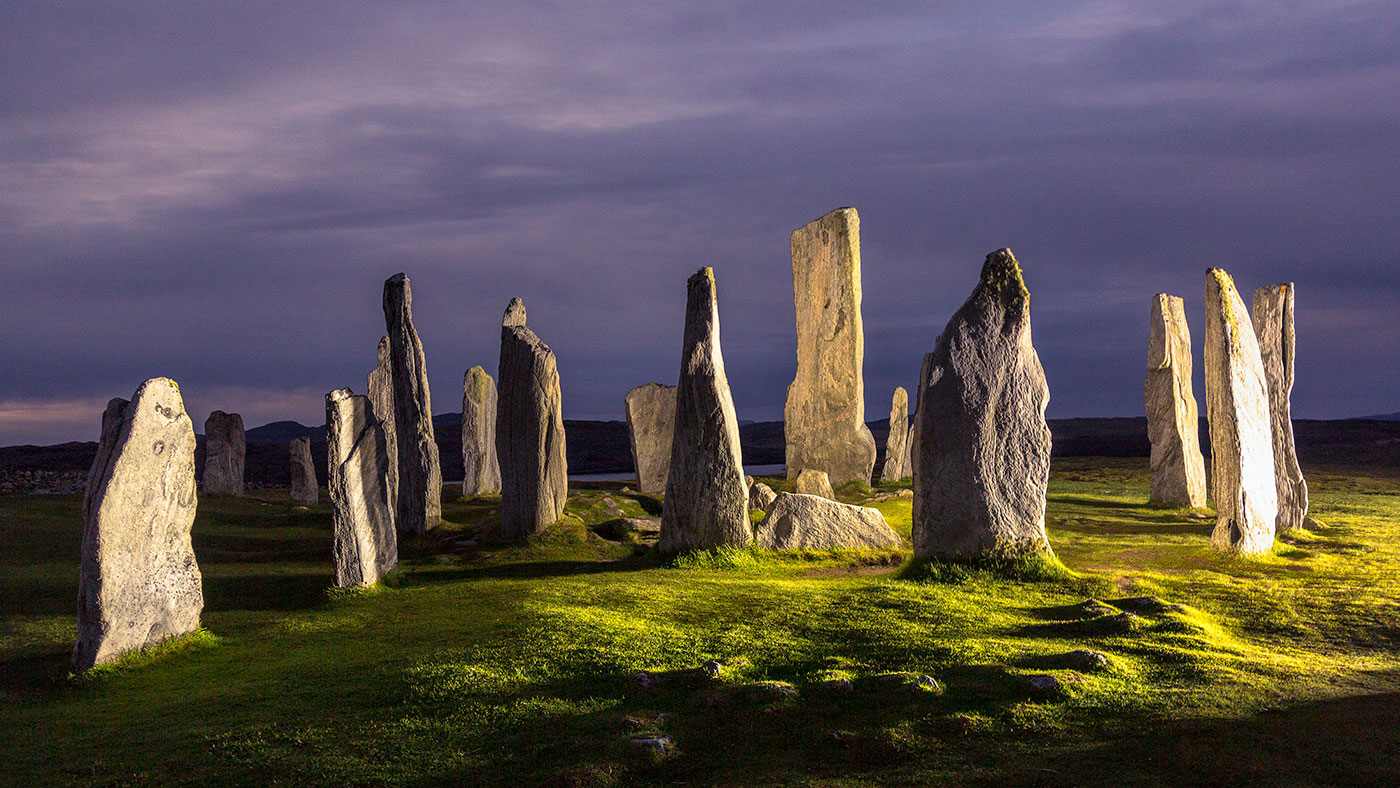
The drama is heightened by its location on a ridge above a loch. You can gaze across the water to other prehistoric sites nearby – Calanais II and Calanais III. “Like Led Zeppelin albums, the stone circles around here are numbered, Callanish stone circle Callanais outer Hebrides Scotland .and they are heavy.” The central monolith at Callanish is almost five metres tall and weighs around four-and-a-half tonnes. Photos don’t do the stones justice. Only by getting up close can you get that “tingling pleasure of the way they feel beneath your palm”.
A free daily email with the biggest news stories of the day – and the best features from TheWeek.com
The Lewis chessmen are another draw on the island – 12th-century figures dug up on the coast in 1831. Six of the pieces are on display at the Museum nan Eilean in Stornoway and the Uig Museum in Timsgarry, run by volunteers, has lots of interesting material on the pieces and other aspects of local history.
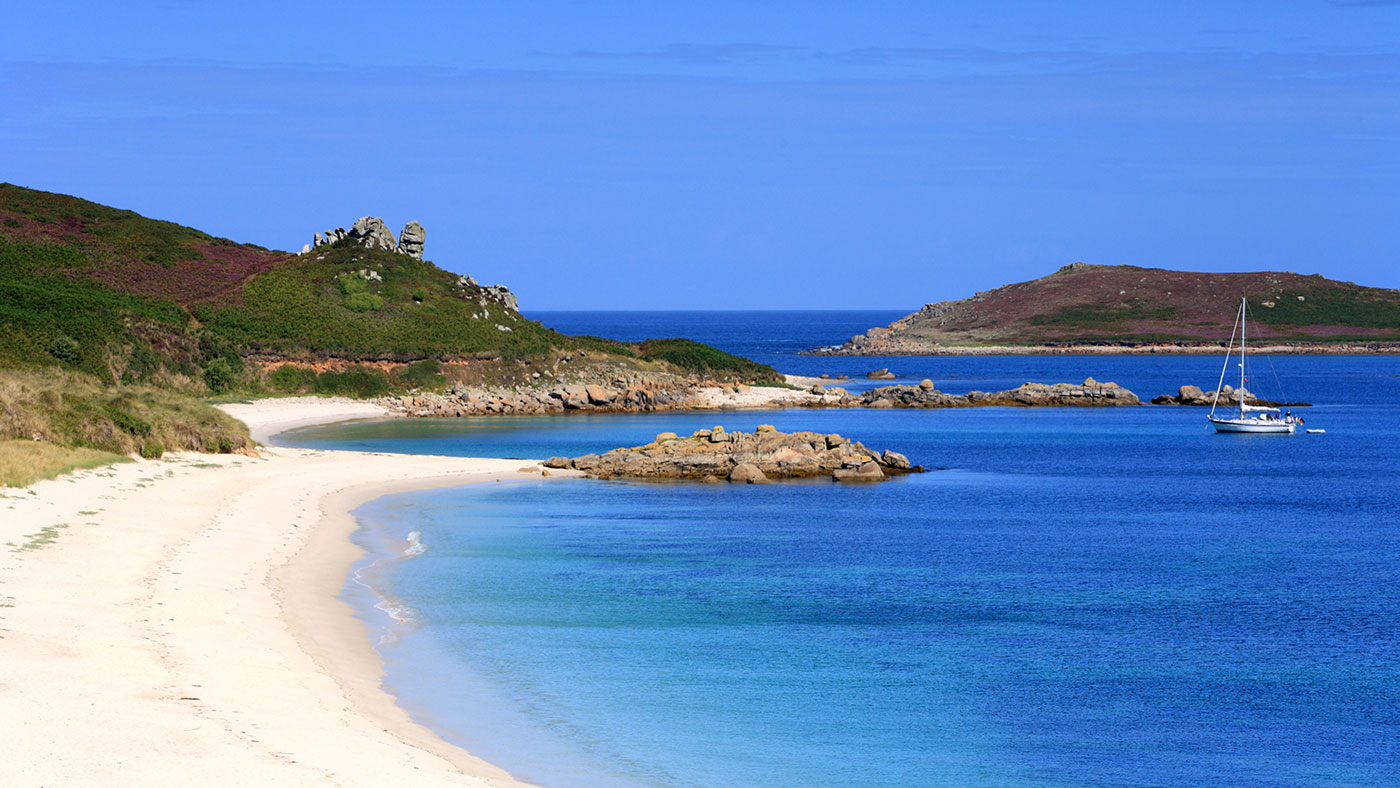
Subtropical sunshine in a corner of England
The Scilly Isles are still technically England, says Duncan Craig in The Sunday Times. So, despite enjoying a warm microclimate courtesy of the Gulf Stream, the sunshine still comes and goes. The weather is about as changeable as young children. The Star Castle hotel (from £194) on the main island of St Mary’s gets this. The outstanding staff either “genuinely love kids or they’re tremendous actors. Our girls played in the indoor pool. They tore around the grounds and the grassed inner sanctum of the 16th-century fortification… were told to get down from cannons… asked tricky questions… and were indulged wherever they went”.
The hotel’s Conservatory restaurant is “first rate”. Wild bass, crab, John Dory, fillet steak, pork tenderloin – “all were handled with flair and invention”. From the ramparts of the hotel, you can survey all of Scilly’s five inhabited islands, a fair chunk of its islets – and plan out your week.
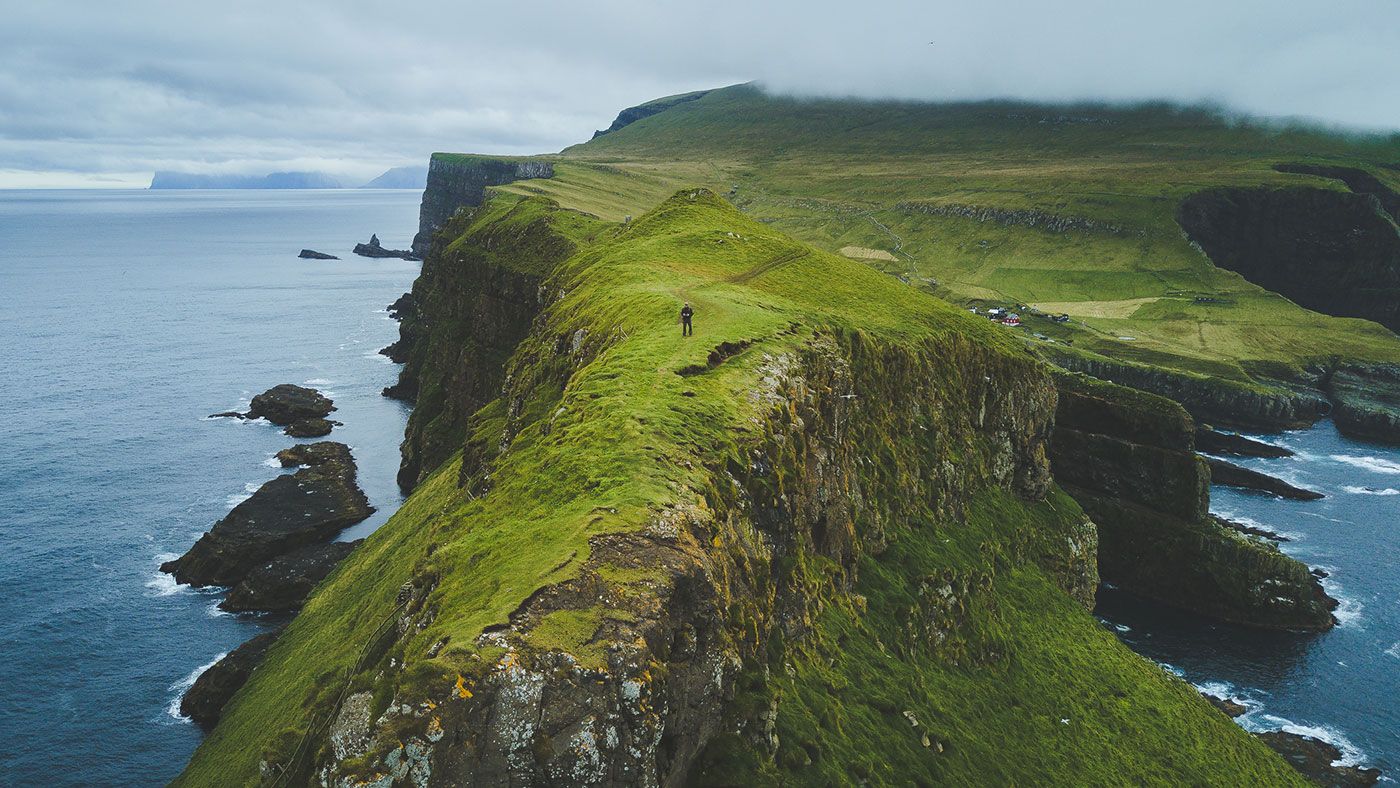
An enticing and remote retreat the tourists forgot
The Faroe Islands are a remote, enticing group of 18 volcanic basalt rocks thrusting through the North Atlantic, halfway between Norway and Iceland, says Jennifer Parker on Bloomberg. Tourists have yet to decamp here en masse, but with three new, large hotels opening next year, that is set to change.
Heimablídni is a great way to experience Faroese customs first-hand. It translates as “home hospitality” and refers to dinner parties hosted by local farmers in their homes. Anna and Óli Rubeksen are two such award-winning farmers. Up to 15 guests are welcomed into an oceanfront dining room and greeted with a stiff round of Faroese schnapps. Vegetable soup and lamb jerky are typical starters, followed by cod or halibut. “For the main course, the farmers whip up a wintry bowl of clove-spiced blood sausage and fermented sheep’s-head meat, with a side of rhubarb chutney. The whole evening feels like a family holiday, fuelled by plenty of Faroese beer from the archipelago’s two local distilleries.”
This article was originally published in MoneyWeek
-
 Sport on TV guide: Christmas 2022 and New Year listings
Sport on TV guide: Christmas 2022 and New Year listingsSpeed Read Enjoy a feast of sporting action with football, darts, rugby union, racing, NFL and NBA
-
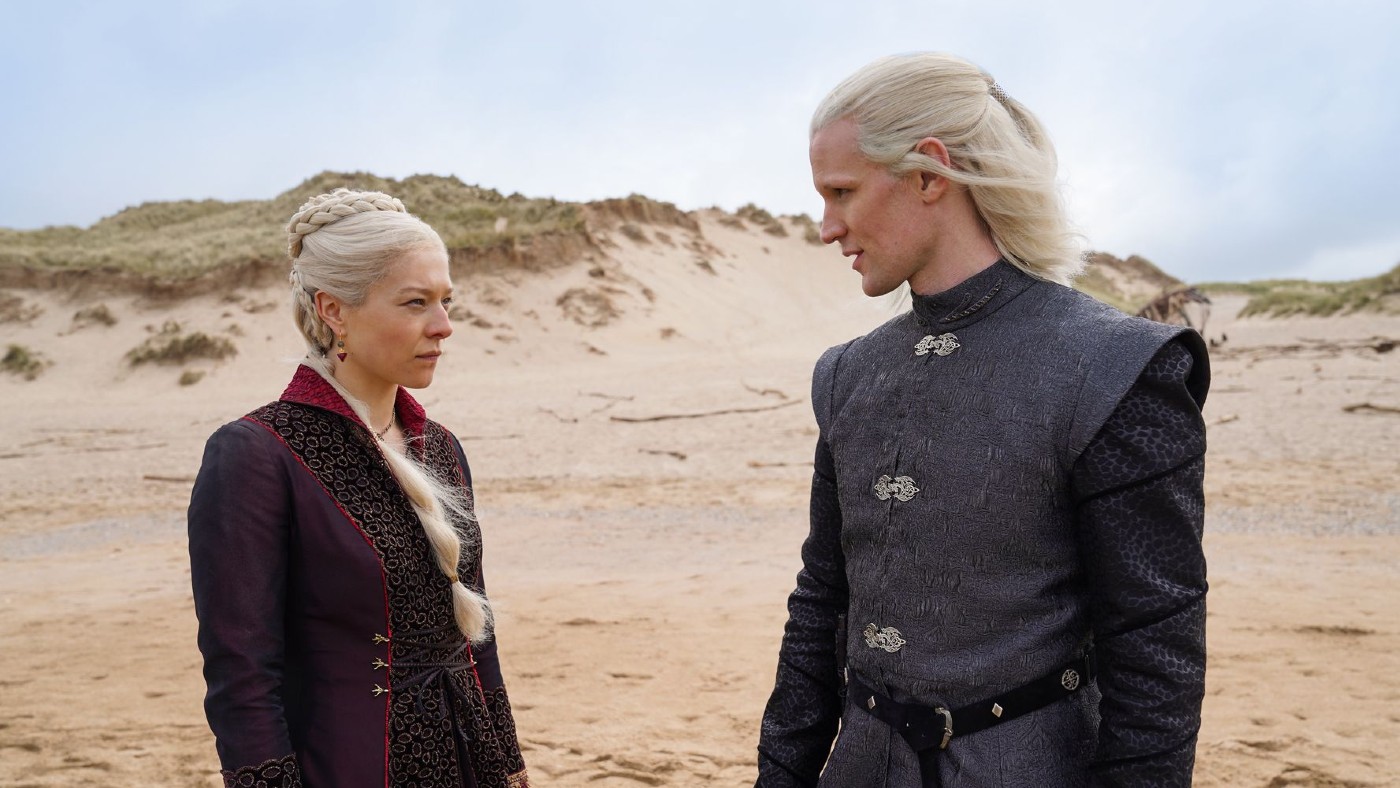 House of the Dragon: what to expect from the Game of Thrones prequel
House of the Dragon: what to expect from the Game of Thrones prequelSpeed Read Ten-part series, set 200 years before GoT, will show the incestuous decline of Targaryen
-
 One in 20 young Americans identify as trans or non-binary
One in 20 young Americans identify as trans or non-binarySpeed Read New research suggests that 44% of US adults know someone who is transgender
-
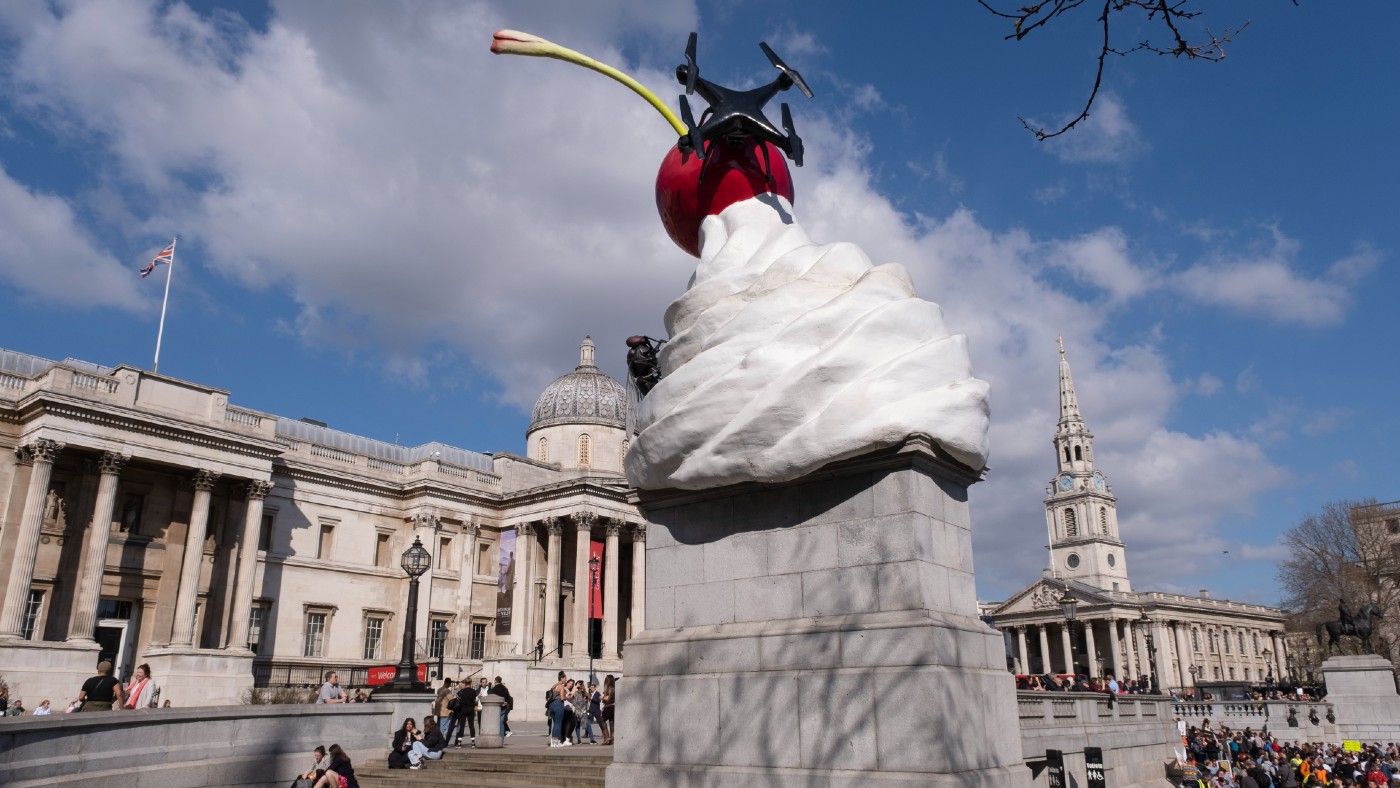 The Turner Prize 2022: a ‘vintage’ shortlist?
The Turner Prize 2022: a ‘vintage’ shortlist?Speed Read All four artists look towards ‘growth, revival and reinvention’ in their work
-
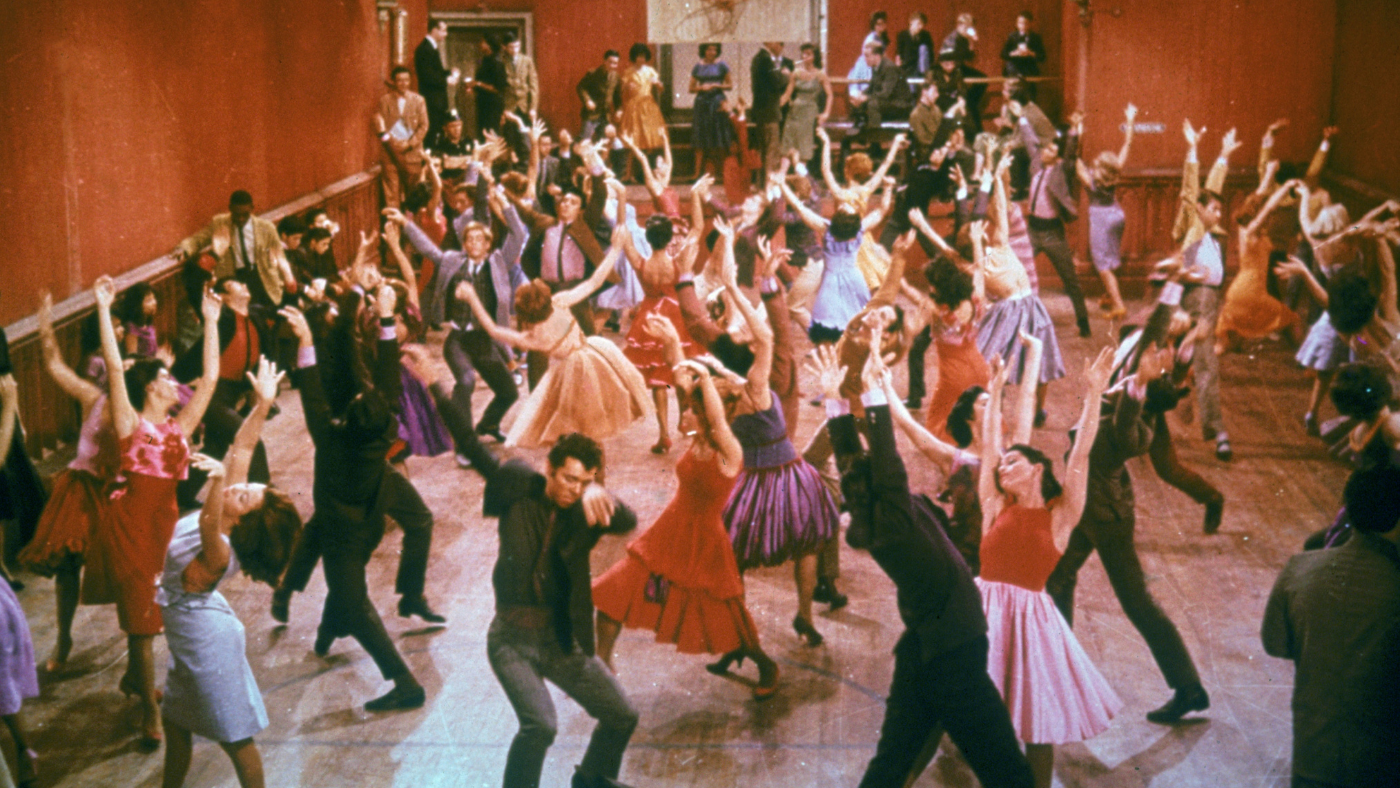 What’s on TV this Christmas? The best holiday television
What’s on TV this Christmas? The best holiday televisionSpeed Read From films and documentaries to musicals for all the family
-
 Coco vision: up close to Chanel opticals
Coco vision: up close to Chanel opticalsSpeed Read Parisian luxury house adds opticals to digital offering
-
 Abba returns: how the Swedish supergroup and their ‘Abba-tars’ are taking a chance on a reunion
Abba returns: how the Swedish supergroup and their ‘Abba-tars’ are taking a chance on a reunionSpeed Read From next May, digital avatars of the foursome will be performing concerts in east London
-
 ‘Turning down her smut setting’: how Nigella Lawson is cleaning up her recipes
‘Turning down her smut setting’: how Nigella Lawson is cleaning up her recipesSpeed Read Last week, the TV cook announced she was axing the word ‘slut’ from her recipe for Slut Red Raspberries in Chardonnay Jelly
